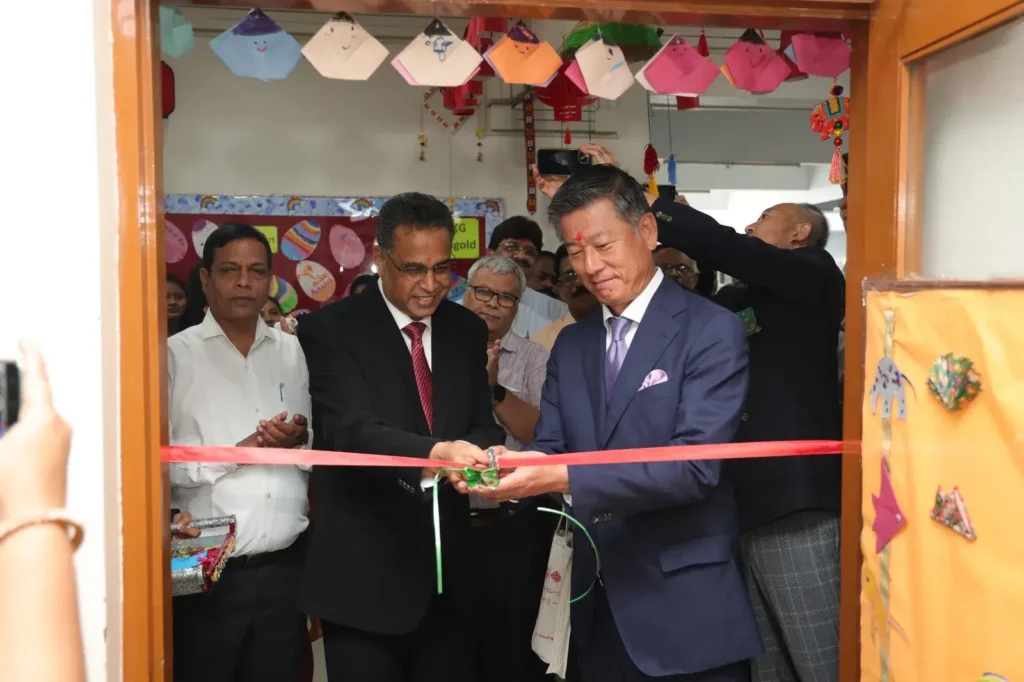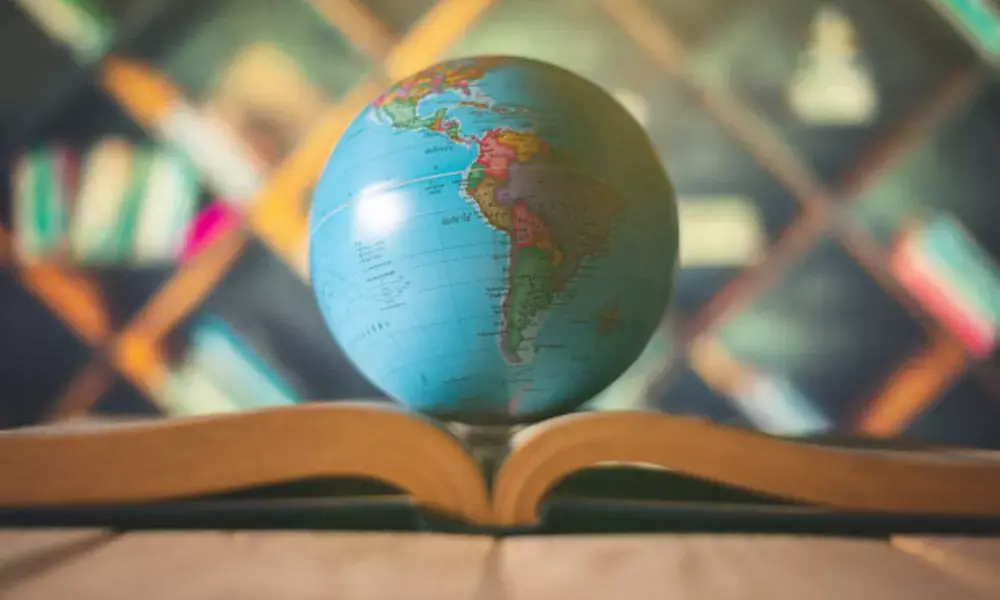Inauguration of Sakura – The Indo-Japanese Nursery Division at JG International School Marks a New Era in Global Education
In a landmark collaboration, JG International School (JGIS) in Ahmedabad and Keimei Gakuin School (KG) from Kobe, Japan, proudly inaugurated Sakura, the first-of-its-kind Indo-Japanese Nursery division. This historic event at JGIS symbolised a unique partnership between two esteemed educational institutions, setting a new benchmark in early childhood education. Keimei Gakuin, a 100-year-old institution from Kobe, Japan, is renowned for its innovative approach to education, rooted in Japanese philosophy, culture, values, and excellence. The newly established Sakura division integrates pedagogical methods, educational approaches, and cultural aspects from India and Japan. This collaboration aims to nurture a generation of globally-minded students who possess curiosity, creativity, and empathy, empowering them to excel and lead in an interconnected world. The educational philosophy at Sakura aligns with core principles of education, focusing on the moral character of children and fundamental societal principles. Emphasis is placed on human dignity and the comprehensive assimilation of human knowledge. Education is viewed as a process of unfolding children’s innate abilities, nurturing the total personality of each child rather than developing isolated skills. The curriculum moves away from rote learning to a skill-based system, fostering real learners with complex and flexible learning frameworks. Dr. Kavita Sharma, Principal of JG International School, expressed her excitement about the collaboration, stating, “We are thrilled to embark on this remarkable journey with Keimei Gakuin. The Sakura division is a testament to our commitment to providing a holistic and globally enriched education. We believe this collaboration will inspire our students to become compassionate, culturally aware, and innovative leaders of tomorrow.” Mr. Ibusuki Chikara, Principal of Keimei Gakuin High School (KGHS), added, “This partnership marks a significant milestone in fostering educational excellence and cultural exchange between Japan and India. We are excited to bring the rich heritage and educational philosophies of both countries together, creating an environment where students can thrive and grow into global citizens.” The bicultural curriculum seamlessly blends ancient and contemporary Indian and Japanese educational frameworks, offering students a comprehensive understanding of both cultures. Students will master English and Japanese, fostering multilingual competence and cross-cultural communication skills. Equal emphasis is placed on Literacy, Numeracy, Program of Inquiry, and life skills education, including critical thinking, problem-solving, decision-making, communication, collaboration, and personal and social responsibility. Students will engage in traditional Japanese arts like calligraphy and martial arts, as well as Indian classical music, folk dances, and indigenous games. Regular student exchange programs and collaborative initiatives will foster mutual understanding among students from diverse backgrounds. Furthermore, expert educators from both countries will collaborate to enhance teaching methodologies and share best practices. The inauguration ceremony was a grand celebration featuring cultural performances, speeches by distinguished guests, and a tour of the new facilities. The event showcased the deepening ties between India and Japan, highlighting a shared vision of creating a world-class educational experience for young learners.


